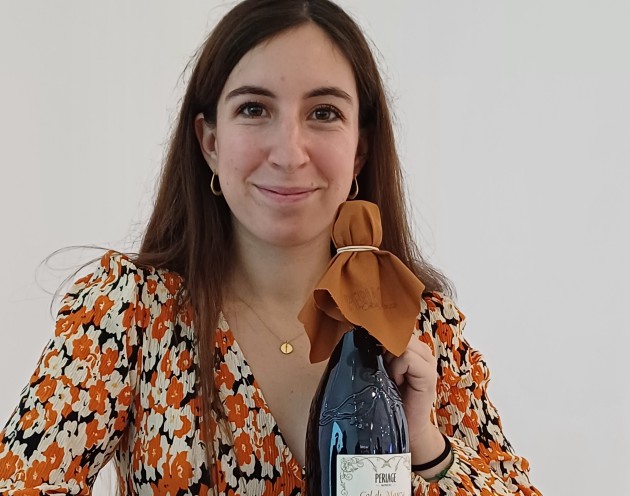
Friday read: Prosecco Superiore DOCG makes UK return
After an absence of well over 10 years, Conegliano Valdobbiadene Prosecco Superiore DOCG staged a press and trade tasting in London this week.
Fifteen producers, a mix of those who already have distribution and those looking for partners in the market, formed a walk around tasting. Sarah Abbott MW of Swirl Wine Group, which represents the DOCG in the UK, organised the event and also presented two masterclasses on the day.
Rewind to 2009 and the Consorzio was aglow with news of a new category of Prosecco, Conegliano Valdobbiadene Prosecco Superiore DOCG: recognition of the historical, geographical and qualitative differences between this small, original area of production and the more recently planted surrounding flat lands which would retain the name Prosecco DOC.
- Read more: Italian sparkling round table
This had the effect of handing the initiative to Prosecco DOC, which has continued to grow at an incredible rate, with the most recent figures putting its vineyard size at 32,000ha, producing 638.5 million bottles annually. Production could conceivably hit a billion bottles in the coming years.
The DOCG area may be smaller, but still produced over 103 million bottles from its 8,683ha of vines in 2022. The area is completely planted however, so volumes can’t increase further. Some 10.3 million of those bottles came to the UK, making it the number one export market.
The producers present in London were generally happy with the 2023 harvest, which was helped by the late renaissance of summer in September, though there have been challenges along the way – not least a disastrous hailstorm on 24 July.
Those producers that already have distribution included Biancavigna (via Amathus Drinks), Bortolotti (Ellis of Richmond) and Bottega (Matthew Clark and Bibendum). This last is most known for its shelf standout blingy gold and pink gold bottles (which are Prosecco DOC). Their DOCG wines can’t quite leave the shiny packaging behind, but are good examples.
Organic production in the DOCG area has failed to take off widely, but Perlage are flying the flag in the region. All their wines are certified organic and vegan and the business gained B-Corp certification in 2017. These Proseccos are available via Vinceremos and Savage Vines.
Of those looking for representation in the UK, both Bival and Gemin are family-owned and run businesses and make Proseccos that are well-made and expressive.
What are the challenges for Prosecco Superiore? Firstly, explaining to consumers why these Proseccos cost more than others. The DOC/DOCG distinction is lost on the majority of drinkers, who value affordable, easy-drinking, fruity and usually slightly sweet bubbles. The DOCG style is more nuanced, often drier (Brut or Extra Brut) with some of the best examples made from the Rive. Somewhat akin to a French Cru, these are especially steep slopes which produce unique expressions of the sparkling wine.
Secondly, the Prosecco name itself. Many of the producers present at the tasting do not put Prosecco on the front labels of their wines. Riccardo Poletti of Bortolin Angelo (represented by Jeroboams in the UK) puts it starkly: “Prosecco is offensive.”
However, you can’t categorise Prosecco Superiore as failing when its UK sales of nearly 10.3 million bottles in 2022 represents a 7% year on year increase – and a whopping 786.5% increase versus 2010. It’s also a positive sign that the younger generation of the family-owned businesses are involved, which is often not the case in other wine regions.
Whether by accident or design, the even smaller Prosecco DOCG appellation of Asolo also staged a small event on the same day. They focused on the particular terroir of Asolo, with its 2,200ha of vines, and on matching the wines with St John restaurant’s typically hearty and thoroughly British cooking.





